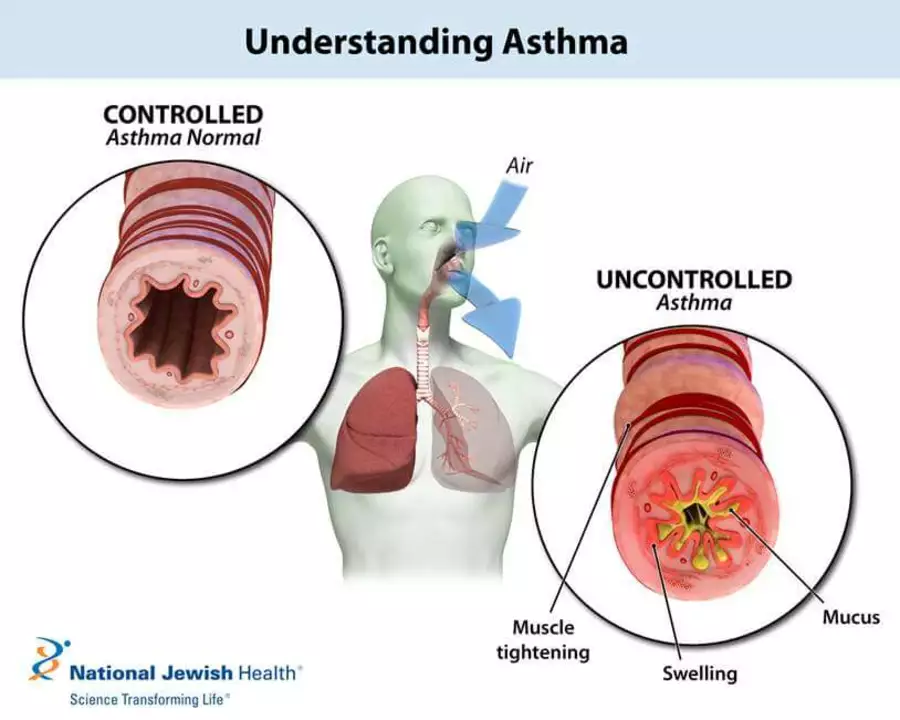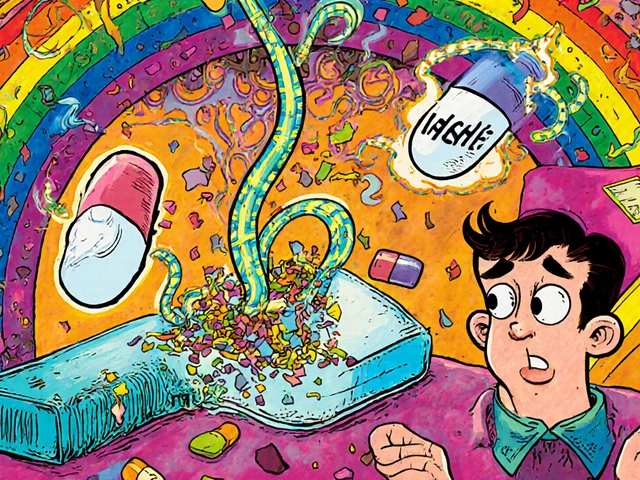Asthma Attacks – What To Do When Breathing Gets Tough
If you or someone near you starts coughing hard, wheezing, or feels tightness in the chest, it could be an asthma attack. The first thing to do is stay calm and act fast. Panic makes breathing worse, so take a deep breath yourself and help the person keep their cool.
Step‑by‑step: Using Your Rescue Inhaler
Grab the rescue inhaler right away – it’s usually a blue or orange canister labeled albuterol or ventolin. Shake it for a second, then exhale fully before putting the mouthpiece in your mouth. Press down once and breathe in slowly, holding the breath for about ten seconds. If symptoms don’t improve after 30‑60 seconds, repeat another puff up to three times total.
While you’re using the inhaler, sit upright or stand – not lying flat. This opens the airways a bit more. If the person can’t speak full sentences, keep the inhaler close and give each puff as quickly as possible without delaying breathing.
When to Call Emergency Services
If after two rounds of inhaler use there’s still no relief, or if lips start turning blue, it’s time to call 911. Also call for help if the person is too tired to stand, can’t talk, or loses consciousness. Tell the dispatcher it’s an asthma attack so they can send the right support.
While waiting for help, keep the person sitting up, loosen any tight clothing, and try to remove obvious triggers – like smoke, strong perfume, or dust. A cool, calm environment helps reduce panic and makes breathing a bit easier.
After the attack is under control, it’s smart to review what set it off. Common triggers include pollen, pet dander, cold air, exercise, and viral infections. Write down any clues in an asthma diary so you can avoid them next time or discuss changes with your doctor.
A solid asthma action plan makes future attacks less scary. The plan should list daily controller meds, how many rescue inhaler puffs to take for different symptom levels, and clear instructions on when to seek emergency care. Keep the plan on your fridge or in your phone for quick access.
Finally, keep your inhaler stocked – don’t wait until it’s empty. Many pharmacies let you set up auto‑refill reminders online. Having a backup inhaler at work, school, and in your bag means you’re never caught off guard.
Asthma attacks can feel overwhelming, but knowing the signs, using a rescue inhaler correctly, and having an action plan puts control back in your hands. Stay aware of triggers, keep meds handy, and don’t hesitate to call for help when needed.
Understanding Asthma Attacks: What You Need to Know
As someone who has experienced asthma attacks, I know how important it is to understand what's happening during those episodes. Asthma attacks involve the narrowing of airways, making it difficult to breathe and causing symptoms like wheezing, coughing, and chest tightness. Various triggers can lead to an attack, such as allergens, pollution, or even exercise. It's crucial to have a personalized action plan to manage your asthma, including the use of prescribed medications and knowing when to seek emergency care. By having a better understanding of asthma attacks, we can take control of our condition and live healthier lives.






